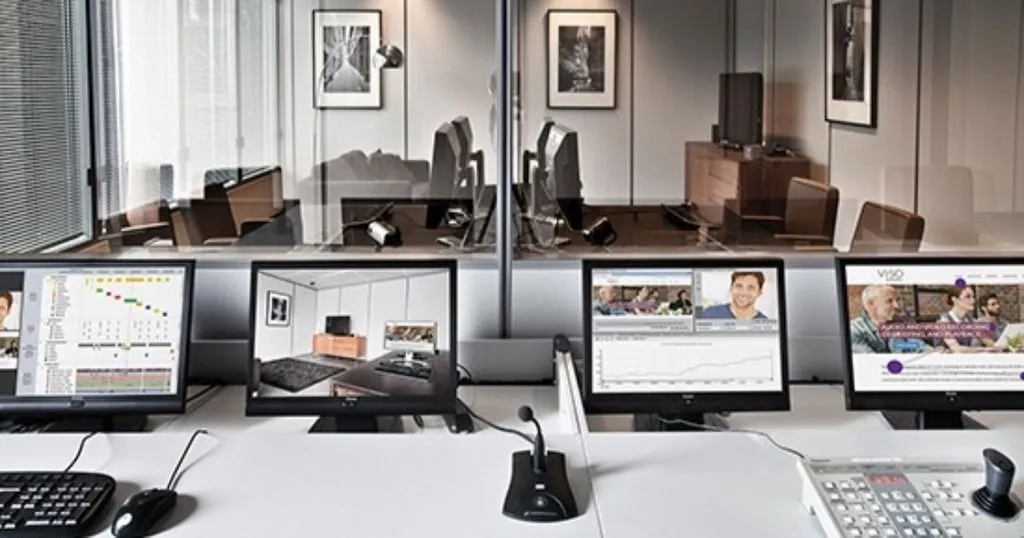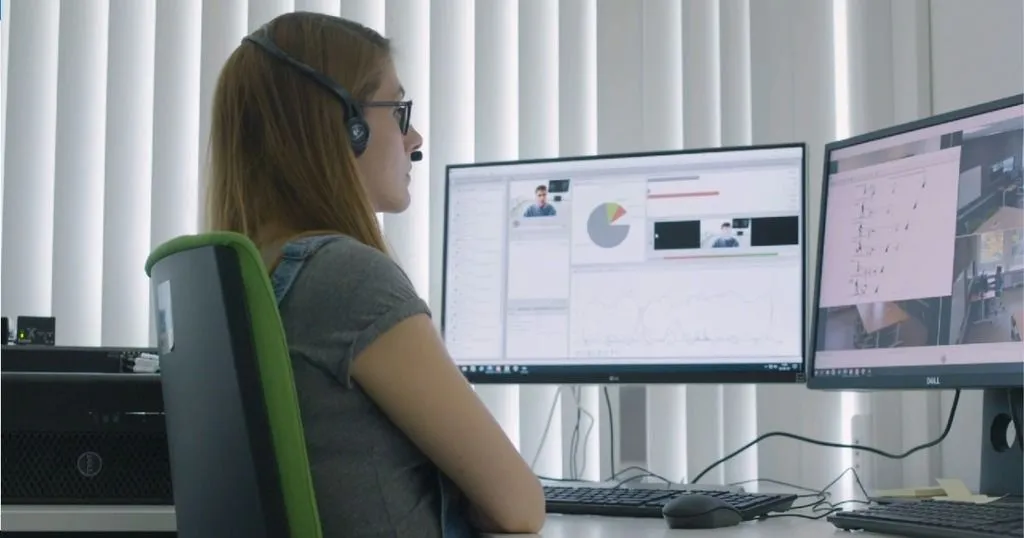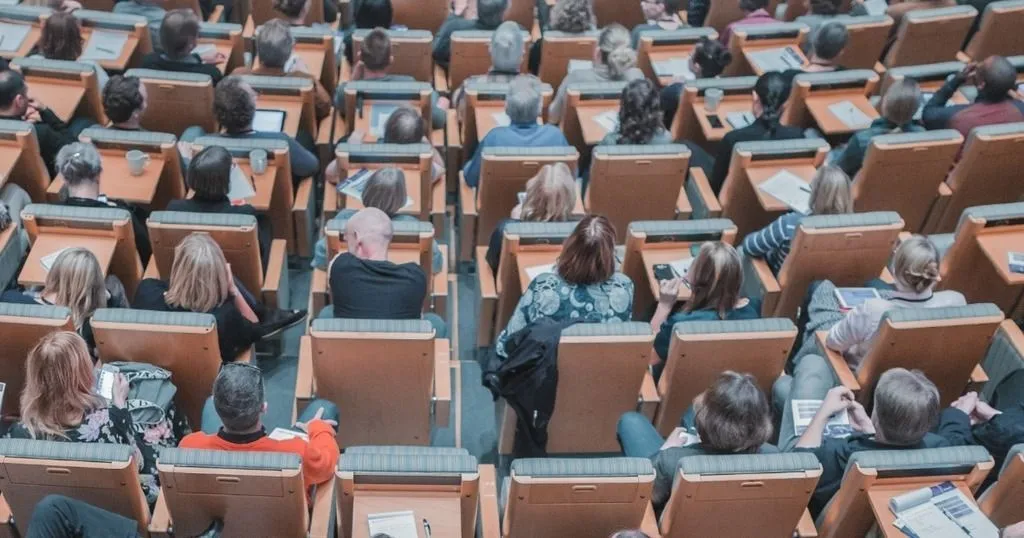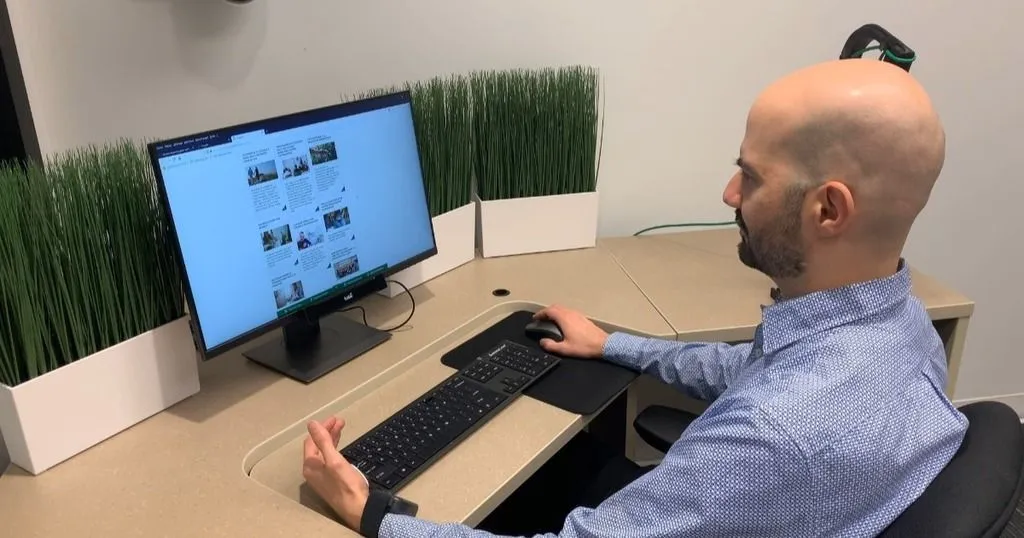How to build a usability lab?
Usability testing is an essential part of user centered design processes. It is necessary to evaluate prototypes. So how do you build a usability lab? This how to will help you out!
Posted by
Published on
Tue 18 Dec. 2018
Topics
| Eye Tracking | FaceReader | Facial Expression Analysis | Human Factors | The Observer XT | Usability Lab | UX Research | UX Lab |

Usability testing is an essential part of user centered design processes. It is necessary to evaluate prototypes: if designers made wrong assumptions or missed requirements, a usability test is likely to reveal them. Usability testing can be carried out in a usability lab, or on-site with a portable lab. So how do you build a usability lab? This 'How to' will help you out!
How to build a usability lab?
In today’s rapidly evolving digital landscape, the creation of an effective usability lab is not just a matter of technical know-how, but also of understanding the intricate dynamics of human-computer interaction.
How to build a usability lab that is customized for your research needs? A usability testing lab needs controlled conditions, and fully integrated equipment and software to make your tests as realistic as possible.
What equipment is needed for a usability lab?
Video and audio recording is necessary to capture what test participants see, and how they interact with an interface. An easy-to-use solution for creating AV recordings like Viso includes everything you need to produce high-quality projects. Tools to gather facial expressions and emotional data like FaceReader and eye trackers allow you to capture how test participants feel as they carry out the tasks.
Professional data integration and analysis software will allow you to synchronize all available data. An all-in-one research platform like NoldusHub can streamline multimodal research from start to finish, providing high-quality data, and insights into human behavior.

Performing usability tests in a usability lab
To get off to a good start, it is best to describe the research or tests that are going to be performed in great detail. With this description, it becomes clear what kind of equipment will be needed, and which physical environment would best suit this test or research. The description should answer questions such as:
- How many participants need to be recorded at the same time?
- How many people are present during a test, besides the participant(s)?
- Are participants being invited to visit the lab? Is on-site research going to be performed? Or both?
- Where and in which room(s) should the lab be built? How big are the rooms? And, does the building have special aspects (i.e. is it a monument)?
The answers to these questions will help you establish your lab and research needs.
Download your free white paper
Would you like to learn more? Download this free ‘how to’ guide for more information. Whether you're setting up a new lab from scratch or refining an existing one, our guide promises to be an invaluable resource in your quest to enhance user experience through rigorous testing and innovative research methodologies.
In this white paper you can find a list of equipment you can think about when building a usability lab. Of course, the exact combination of tools used in a lab depends on specific requirements and wishes.

Usability research publications
Are you interested in reading more about actual usability research applications, please view the list below. This list is a small selection of scientific publications in this area.
- Goldberg, J.H. (2012). Relating perceived web page complexity to emotional valence and eye movement metrics. Proceedings of the Human Factors and Ergonomics Society 56th Annual Meeting, 501-505.
- Barendregt, W.; Bekker, M.; Bouwhuis, D.; Baauw, E. (2006). Identifying usability and fun problems in a computer game during first use and after some practice. International Journal of Human-Computer Studies, 64, 830-846.
- Yammiyavar, P.; Clemmensen, T.; & Kumar, J. (2008). Influence of Cultural Background on Non-verbal Communication in a Usability Testing Situation. International Journal of Design [Online], 2 (2).
- Tenopir, C.; Wang, P.; Zhang, Y.; Simmons, B.; Pollard, R (2008). Academic users’ interactions with ScienceDirect in search tasks: Affective and cognitive behaviors. Information Processing and Management, 44, 105-121.
Related Posts

Understanding the digital world at the Social Media Lab

Upcoming UX + Usability Conferences in 2020
